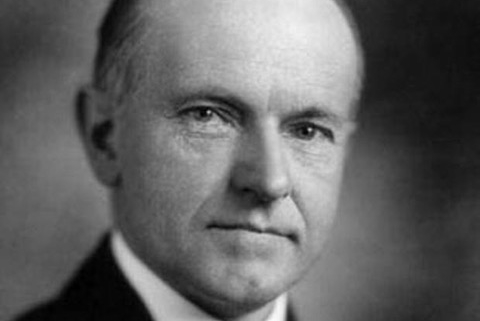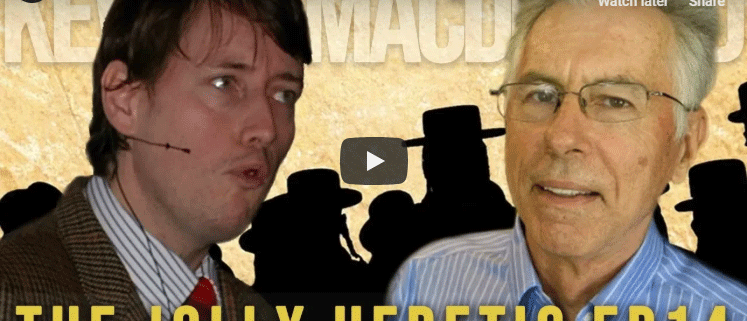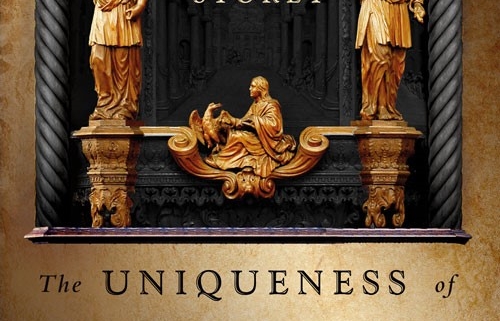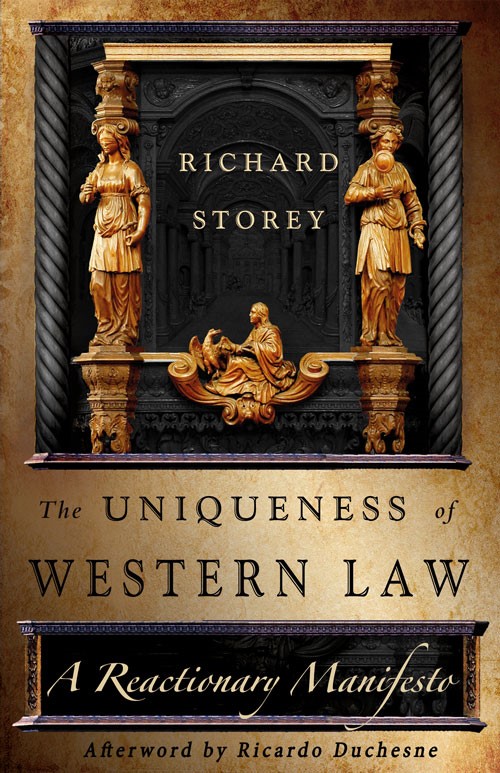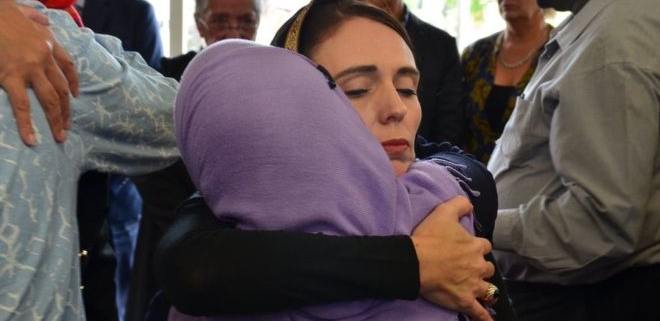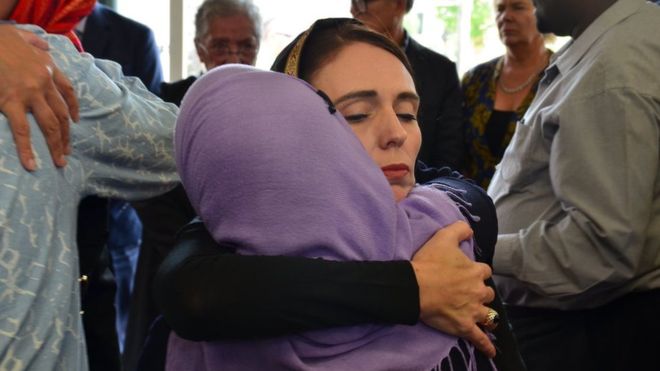In the 1952 American presidential election, Republican Dwight Eisenhower ran against Democrat Adlai Stevenson. Eisenhower was a five-star general in the army and Stevenson was the governor of Illinois. I’m so old I was in grade school back then and my teacher Miss Kelly, who was big for Stevenson—as I think about it, this may not have been altogether appropriate—put me up to standing on a corner in downtown St. Paul, Minnesota handing out Stevenson campaign literature to anybody who would take it.
My dad was a barber in the basement of the Saint Francis Hotel a block away, and I took a break from my political duties to pay him a visit. After saying hello to Dad in his satiny smock and watching a haircut, I gathered up my pile of Stevenson flyers and went up the stairs to the lobby of the hotel and the front door with the idea of getting back to work.
When I got to the top of the stairs, I saw a banner saying there was a meeting of the Minnesota Republican Party going on in the Saint Francis. There were a few cardboard posters propped up with sticks with pictures of what must have been party luminaries. About twenty men—all men in those years—stood talking to one another; I supposed they were party members between meetings. Making my way head-down through them on my way to the front door and the street, I stumbled and out spewed, it seemed like ten feet, all my Stevenson flyers with his picture on them. I was mortified and a bit scared—the barber’s kid, a collage of Stevenson faces on the lobby floor, and the Republicans in their suits looking eight feet tall to me who had stopped what they were doing to take in what had just happened. As it turned out, they couldn’t have been nicer. They all smiled and helped me gather up the flyers and wished me well and I went on my way. I’ve never forgotten that moment.
Maybe I’ve taken too long to get to what I want to say here, but the purpose of recounting this memory was to establish the context for the general observation that I think I’ve lived through a marked downturn in American politics: from Dwight David Eisenhower and Adlai E. Stevenson—grown-ups, serious men, men of real substance, both of them—to Donald Trump and Beto O’Rourke. Eisenhower and Stevenson had discrete comb overs, but neither of them had what looked like a lemon meringue dessert sitting on his head, and neither of them talked about the size of his member on the campaign trail. And Beto? Is he the one with REO Speedwagon on his mixtape? President Beto? Really? Eisenhower had been the Supreme Commander of the Allied forces in Europe during World War II and president of Columbia University. What exactly has Beto done that’s so great?
To get to the specific topic of this writing: a story, or I guess it’s a joke, my dad told me perhaps a few too many times when I was growing up. It had to do with a president from the 1920s, Calvin Coolidge. Coolidge wasn’t the most outgoing person in the world and he wasn’t known for his loquaciousness. The way the story/joke Dad told me went, a little boy, nine or so, went up to President Coolidge and said, “My dad bet me a nickel that you wouldn’t say three words to me.” After a pause, Coolidge looked at the tyke and said, “You lose.”
Calvin Coolidge. Born in 1872, died in 1933. Republican. Elected vice-president in 1920. Became president in 1923 upon the death of president Warren G. Harding. Elected president in 1924. Declined to run for a second full term as president in 1928.1
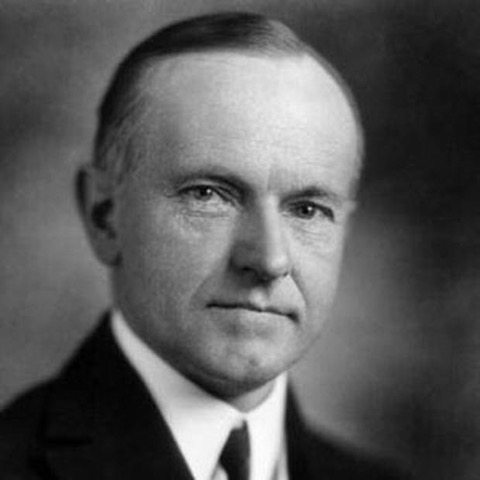
Calvin Coolidge
Read more



